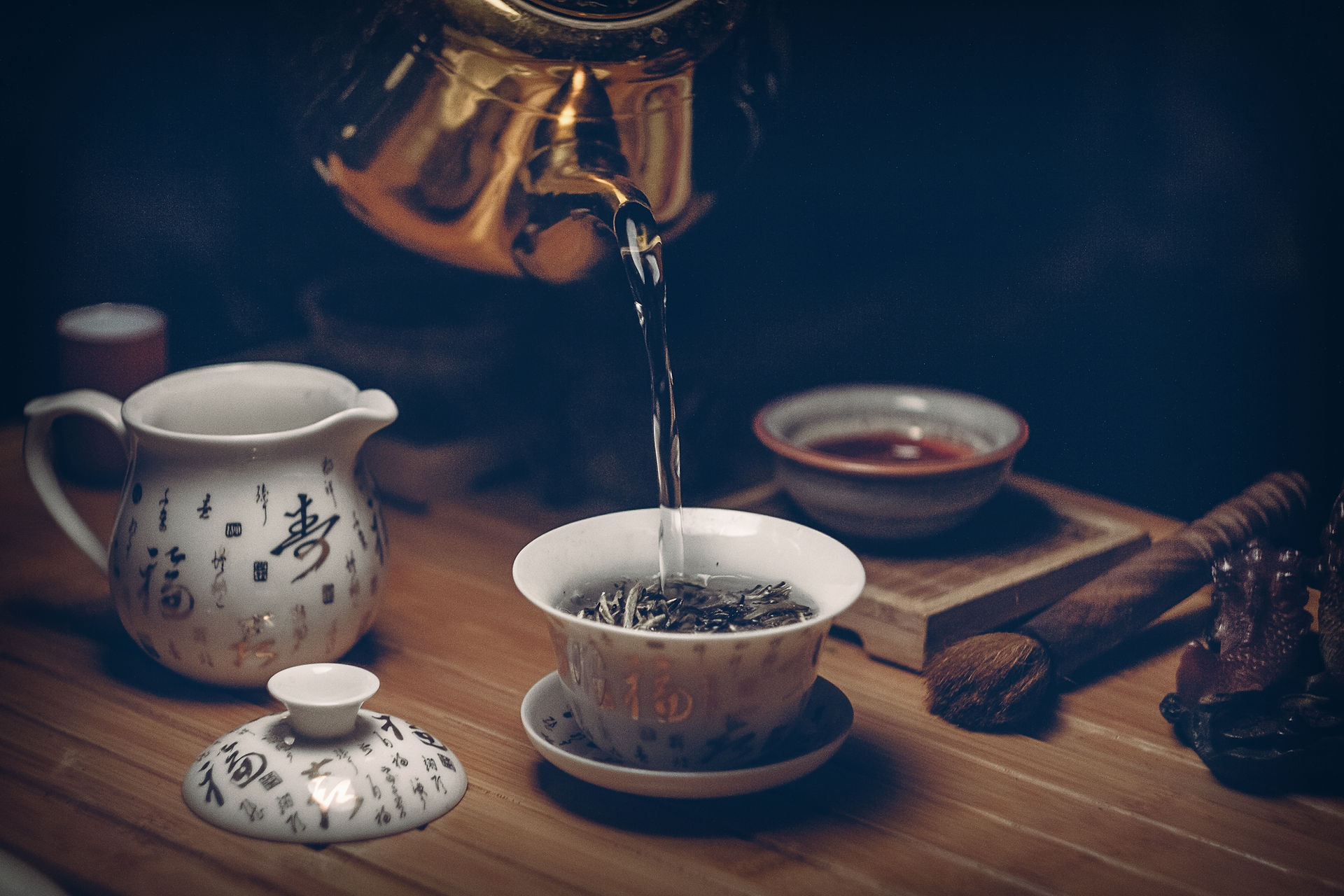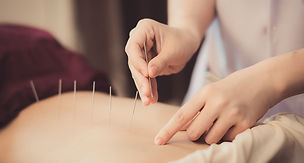
TL Natural Healing
Treatment Methods
Chinese Medicine considers the whole person when diagnosing and treating the many ailments and health issues that affect the well being of each individual.
Traditional Chinese Medicine is an ancient form of healing that dates back thousands of years. Over the many centuries Traditional Chinese Medicine has continued to develop and flourish. Practitioners will talk of Qi [chi], Yin and Yang and the Five Element theory. These concepts reflect the knowledge of the workings and interactions of the human body, emotions, and mind.
Chinese medical practices seek to bring these elements into balance in order to achieve a state of health and well being. Traditional Chinese Medicine treats conditions from mild to very challenging from acute to chronic. What are the different methods used to treat conditions and illness?
Acupuncture
Acupuncture has been practised for thousands of years in China.
It helps to correct acute or chronic pain that results from blockage or imbalance of energy called Qi [chi], and helps to restore balance.The needles stimulate a point where the blockage is found so that the body can proceed to heal by reducing inflammation and allowing the energy to flow as it should. Inflamed muscles can add pressure or compress nerves which results in pain. By reducing inflammation, for example, muscles relax and nerves are restored to its natural state.
Acupuncture today uses very thin sterile stainless steel needles that are inserted at specific points along the meridians. Meridians are energy channels along which energy to flows throughout the body that connect with and to the internal organs. Upon insertion, an individual may experience a tingling, feeling of numbness, or momentary discomfort as blockages are released.


Cupping
Cupping is the term applied to a technique that uses small glass cups as suction devices that are placed on the back to disperse and break up stagnation and congestion by drawing congested blood, energy to the surface. After cupping, toxins are again brought up to the surface so that the body can more easily eliminate them.
Gua Sha
Gua Sha is skin scraping. In gua sha, the practitioner scrapes the skin with short or long strokes to stimulate the soft tissue, which increases blood flow.
Gua sha moves stagnant energy, called chi, in the body that may be responsible for inflammation. Gua sha helps to bring toxins to the surface so that they may be eliminated by the body’s own systems.

Moxibustion (Moxa)
Moxibustion involves the heating of acupuncture points with smouldering mugwort herb (known as moxa). Moxibustion stimulates circulation, counteracts cold and dampness in the body.
Typically moxibustion treatment is a complementary treatment to acupuncture
Tui Na
Tui na is a form of massage. The main benefit tui na is to correct a specific problem, whether it is an acute or a chronic pain. It is often used when there are issues with the joints, muscles or the skeletal system. This technique is especially helpful in reducing painful issues with the neck, shoulders, hips, back, arms, thighs, and legs. It is a very effective therapy for arthritis, pain, sciatica and muscle spasms.
